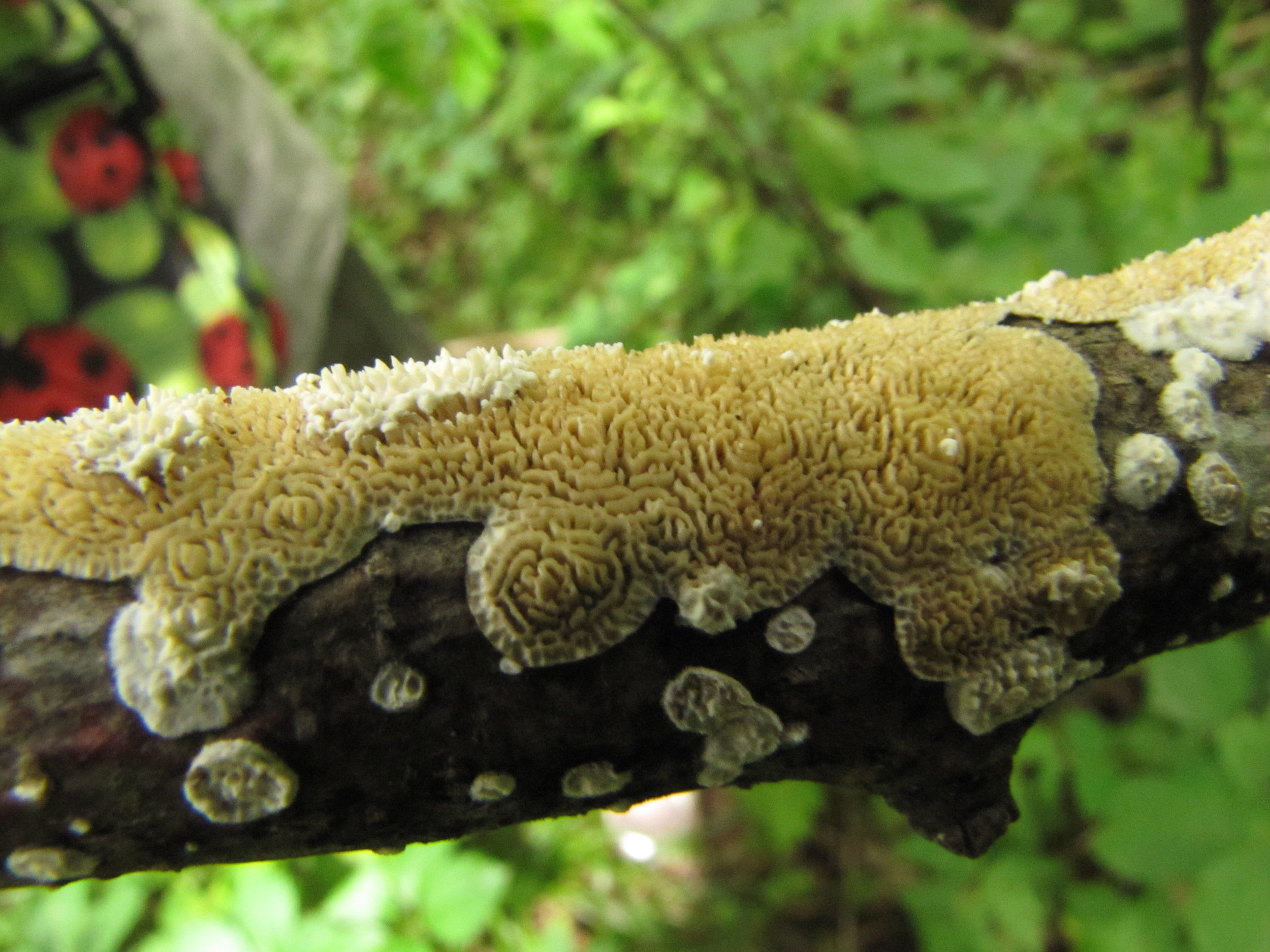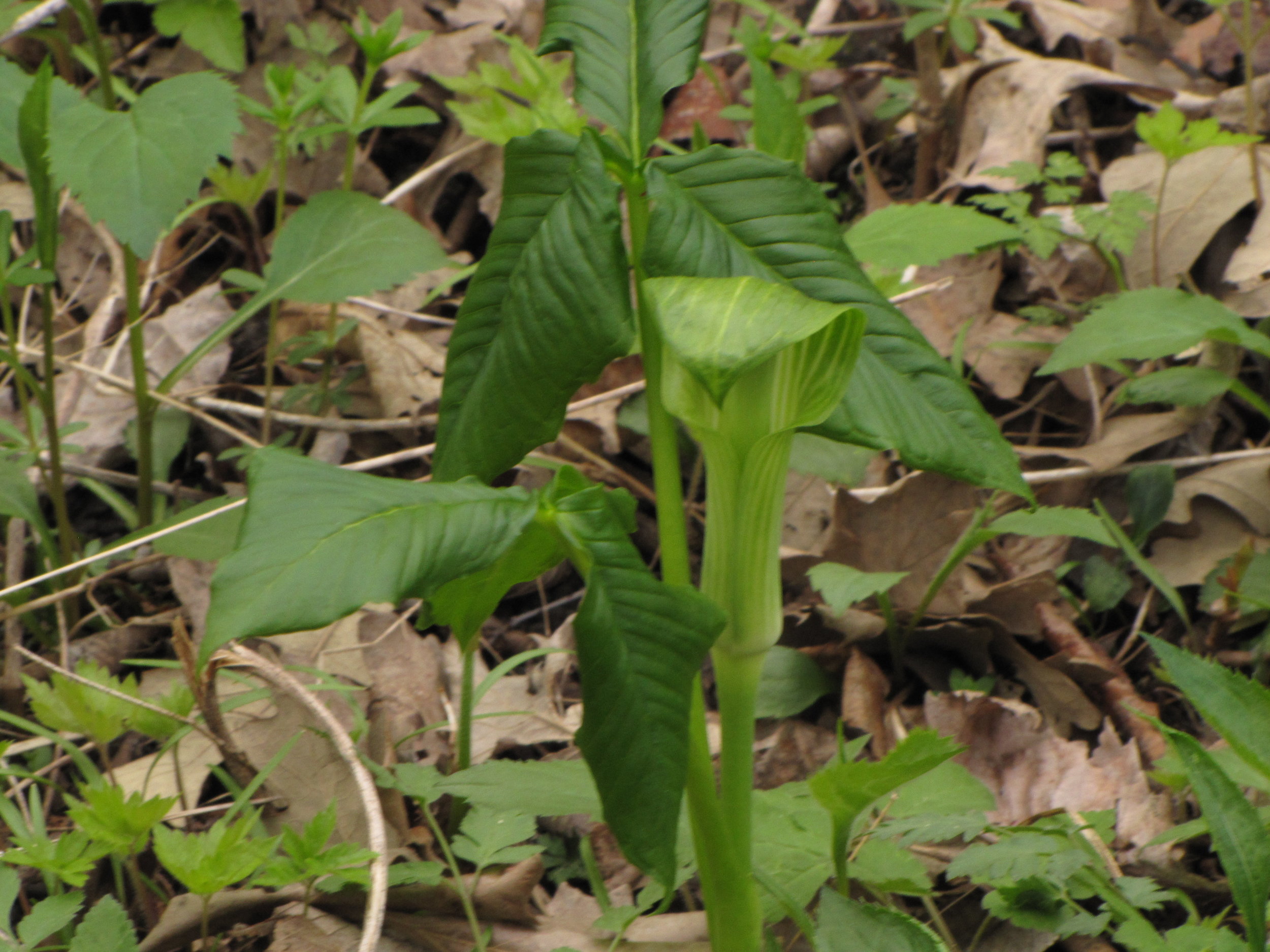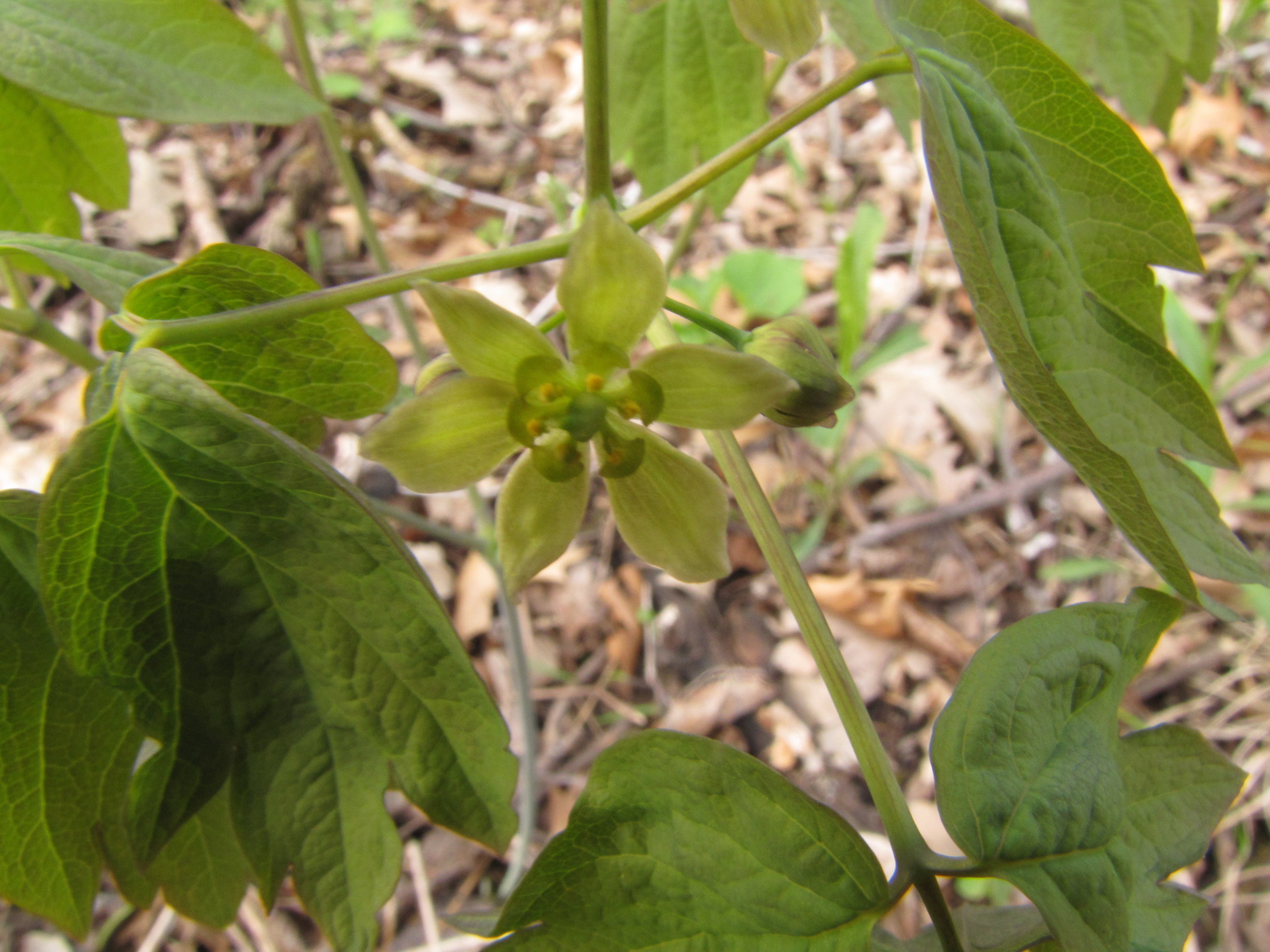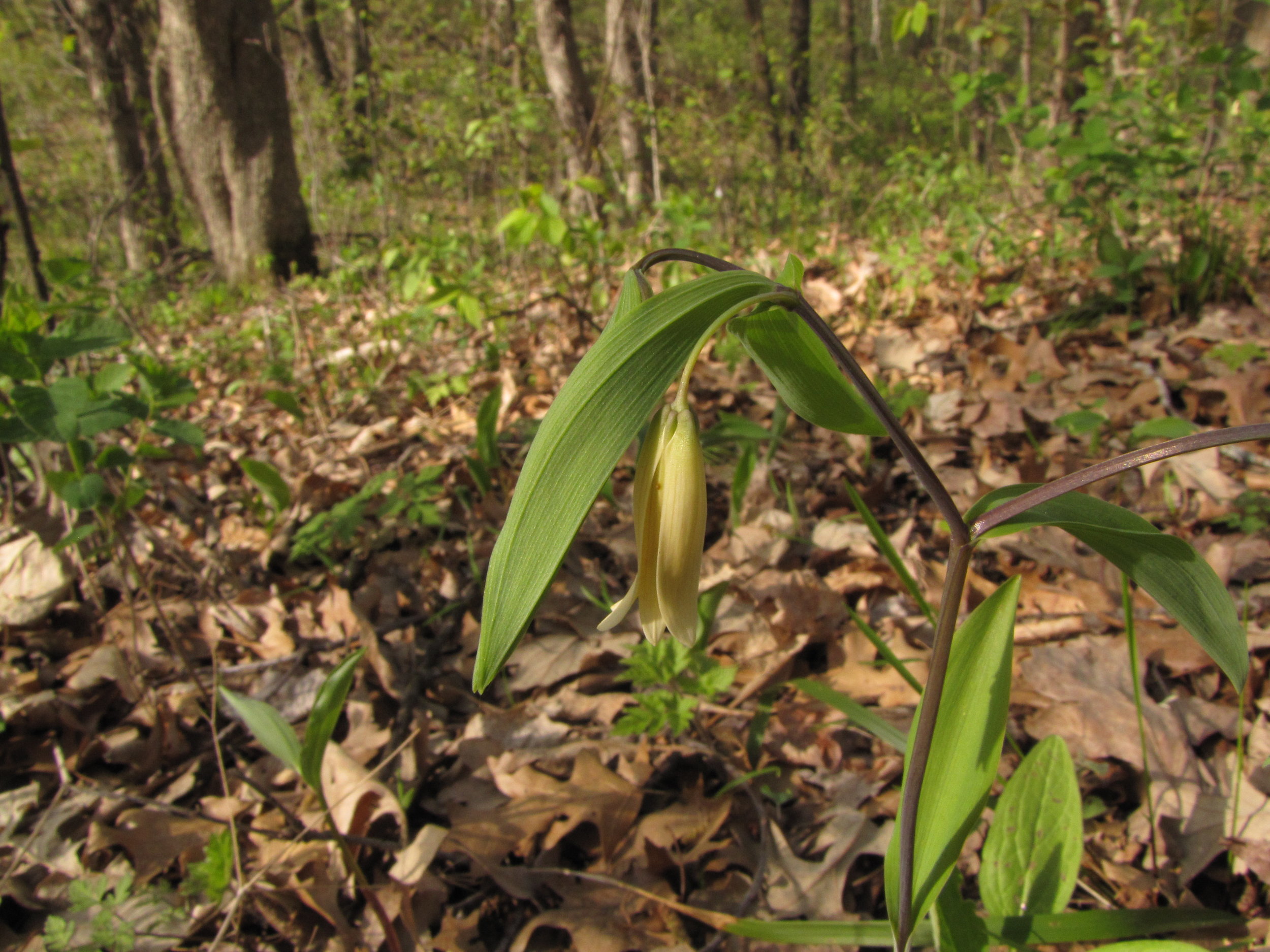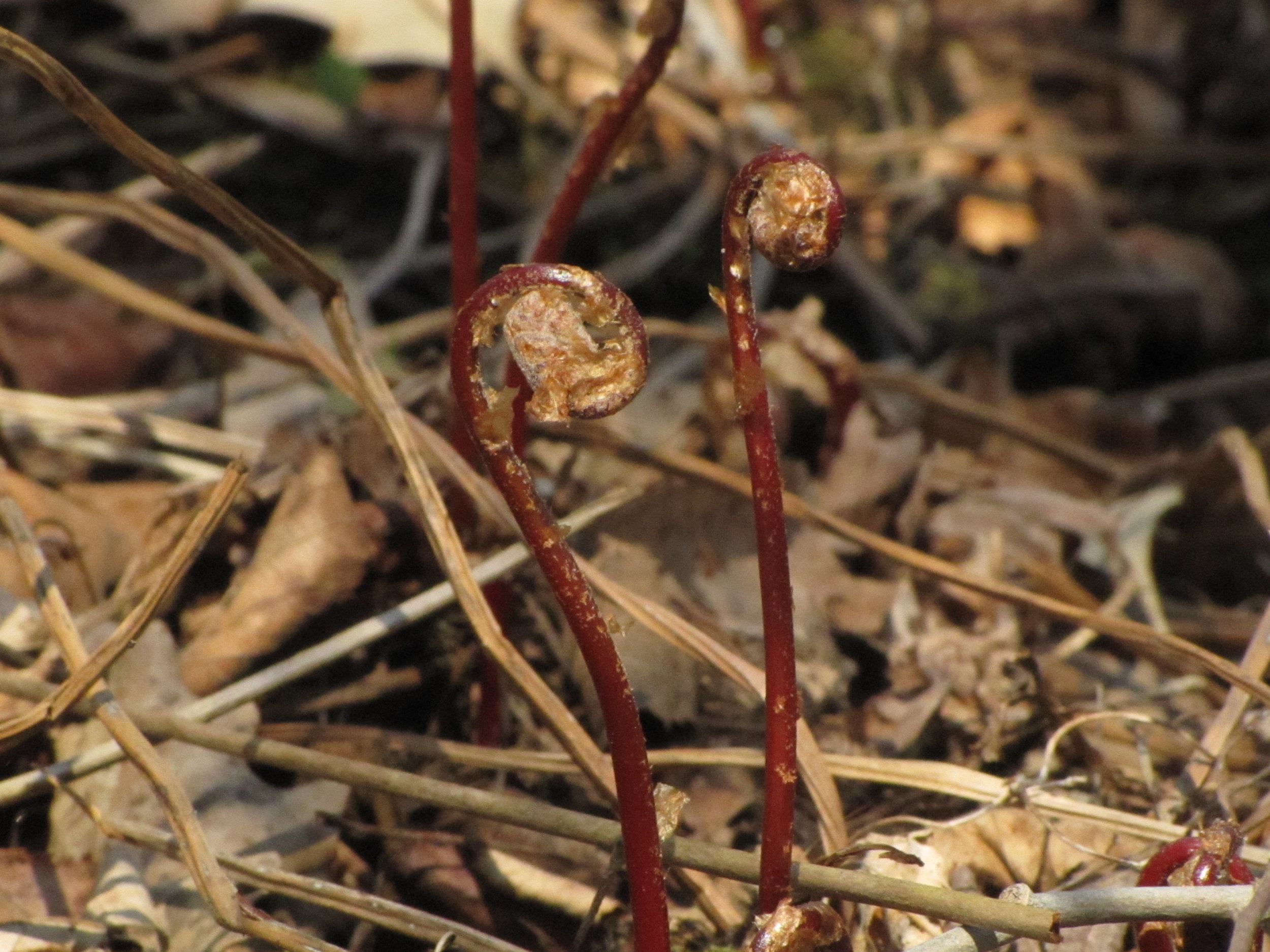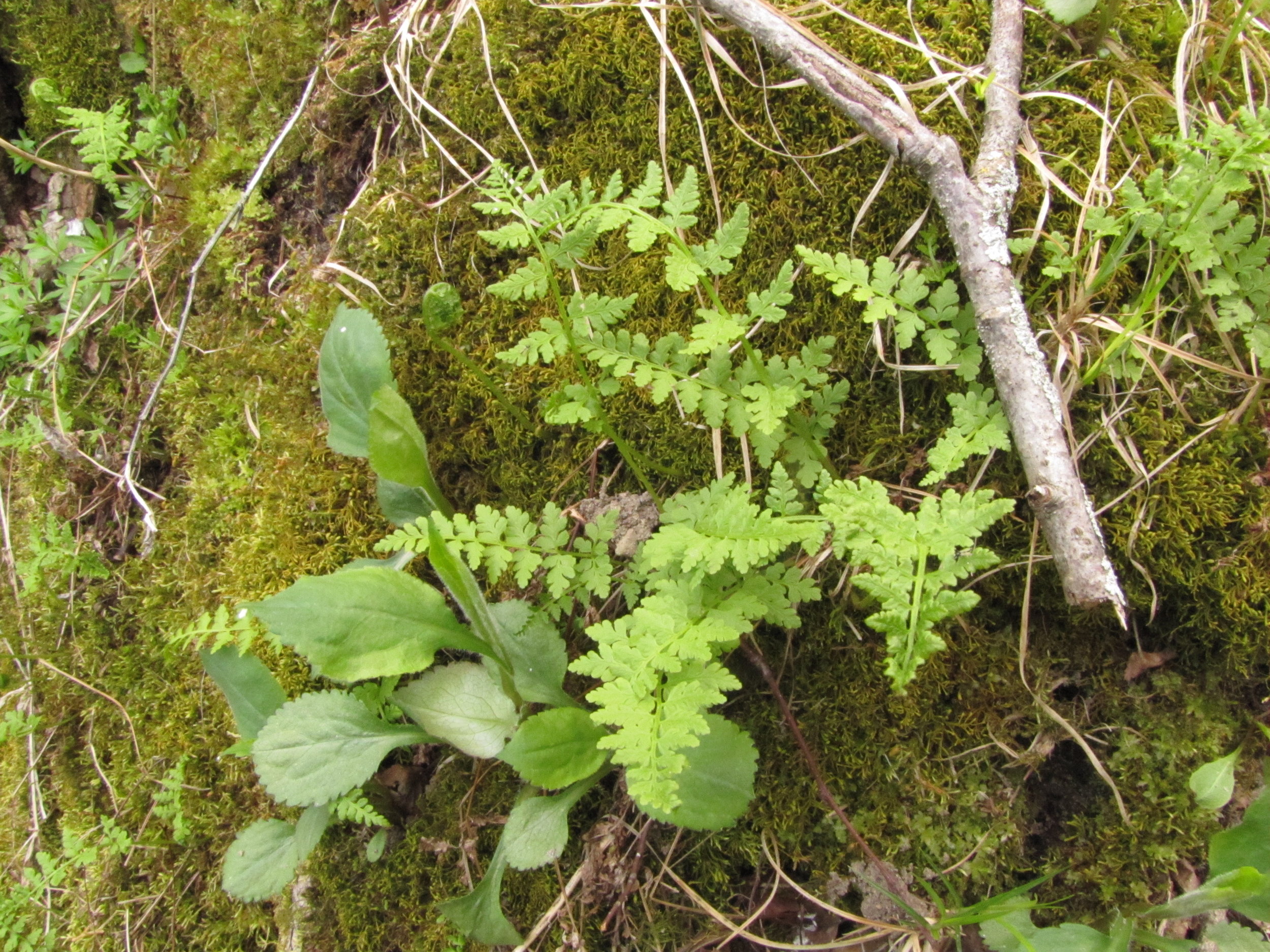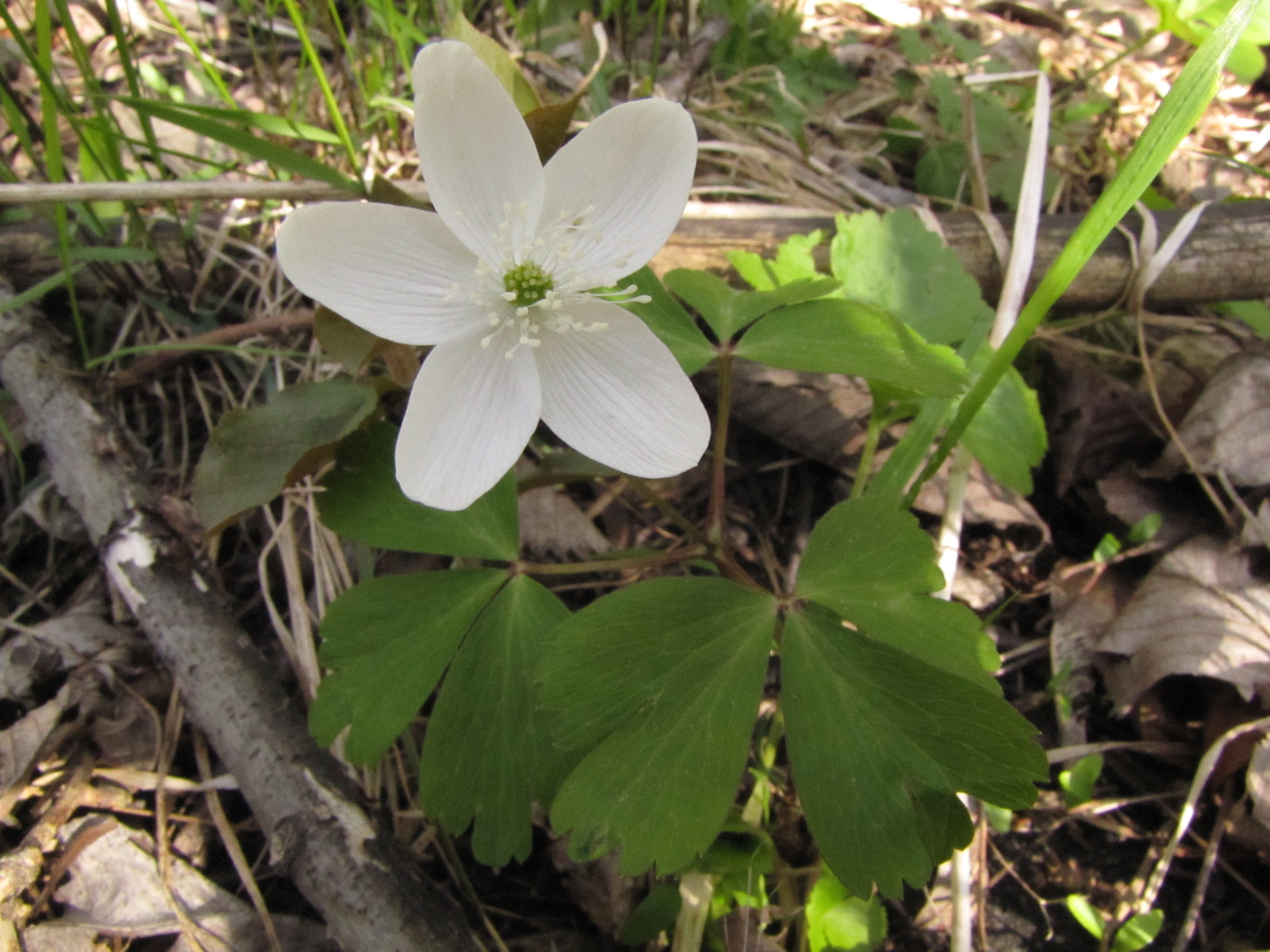Another week of strange weather! Intense heat, rain, cold and windy, wait a minute and it will change! It seems that every evening at dark it has been either too cold, too windy, or raining, so Mothing has been delayed. On the bright side, I finally got to walk on land I have been waiting to get to since I started this project. Jay and I got the canoe out and I got to land on the "island" on the west side of the river, south of Cedar Lake Road. With rolling hills, pushed up between river and low wetlands, it is a beautiful place to be. About one third of it is open woodlands, shaded without too much underbrush. The rest is steep hills, covered in brush, grass and prickly ash or lower areas covered in cedar. I need more time to explore, so I hope the river goes down some. The vegetation I found mostly was in line with other Camphill land along the river, the largest trees not huge, showing that someone logged it off at some point in the last 100 years.
Berries are abundant now, chokecherries, currants, gooseberries, raspberries. Did you know that Prickly Ash has berries? I guess most people don't push through them in July and August to see, but they do exist. The hazelnuts are forming. I have found shelled and nibbled ones littering the ground.
I took advantage of the cooler weather and wandered around the edges of a couple ponds. Still water breeds mosquitos so I was leery. With long sleeves they really weren't a problem, but the biting flies are really annoying when you are focusing the camera and they decide to chew on you.
It was worth it to see the Arrowheads blooming, along with the bladderwort. Later I found Northern Water Plaintain in bloom in a small pond, where I thought nothing would be. I also found a white slime mold, which sounds disgusting, but is quite beautiful. It reminded me of something from a Dr. Suess book. The goldenrods and Cinquefoil are starting, yellow spots in the green vegetation. There is always something I can't ID, and this weeks is a small purple flower. More time spent in the books, but then, I need something to do when it is really hot outside!



